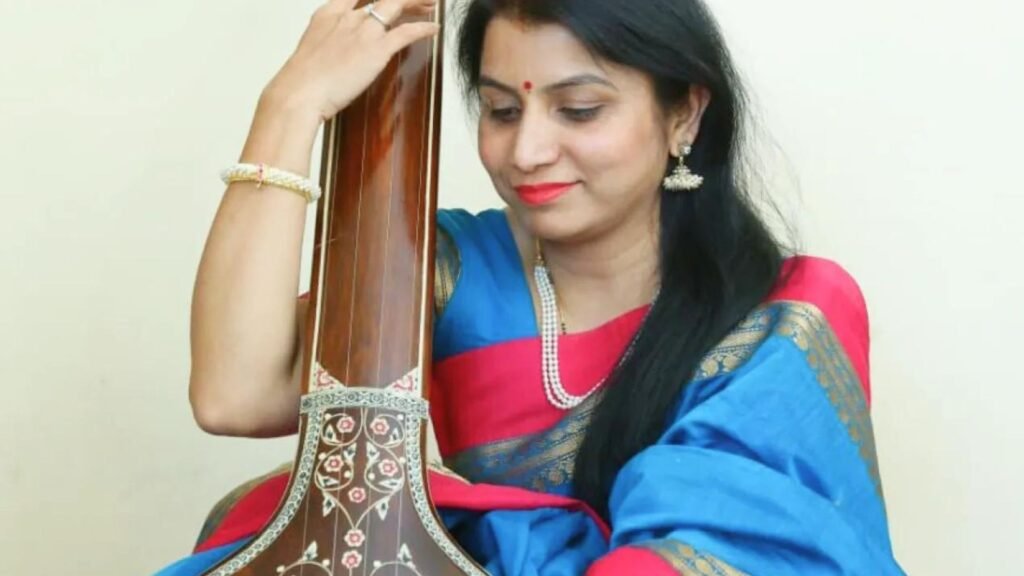How to Learn Indian Classical Music
- By -Lena Moseley
- Posted on
- Posted in Indian Music
Indian Classical Music is a profound and intricate art form that offers a rich tapestry of sounds and traditions. Learning Indian Classical Music can be an enriching experience, allowing you to connect deeply with a centuries-old musical heritage. This guide will walk you through the essential steps to start learning Indian Classical Music, offering tips and resources to help you on your journey.
Understanding Hindustani Music
1. Familiarize Yourself with the Basics
Firstly, before diving into learning Indian Classical Music, it’s important to familiarize yourself with its fundamentals. Indian Classical Music primarily consists of two major traditions: Hindustani (North Indian) and Carnatic (South Indian). Understanding the differences between these two styles will help you decide which one resonates with you.
Hindustani music is characterized by its improvisational nature and intricate raga structures, while Carnatic music is known for its complex rhythms and structured compositions. Take some time to listen to recordings or attend performances of both styles to determine your preference.
2. Learn the Key Concepts
Secondly, Hindustani Music is built on several key concepts, including ragas (melodic frameworks) and talas (rhythmic cycles). Ragas are specific arrangements of notes that evoke particular moods, while talas are rhythmic patterns that provide structure to the music. Familiarizing yourself with these concepts is crucial as they form the foundation of the music you will be learning.

Finding a Teacher or Class
1. Seek Out a Qualified Teacher
Thirdly, one of the best ways to learn Hindustani Music is by finding a qualified teacher. A skilled instructor can provide personalized guidance, helping you grasp the nuances of the music and develop your skills effectively. Furthermore, look for teachers with a strong background in Indian Classical Music and a teaching style that suits your learning preferences.
2. Join a Music School or Online Course
Fourthly, finding a teacher is challenging, consider joining a music school or enrolling in an online course. Many institutions offer classes in Indian Classical Music, both in-person and online. Online platforms often provide flexible learning options and access to a variety of instructional materials. Choose a course or school with a good reputation and positive reviews to ensure a quality learning experience.
Practicing Hindustani Music
1. Develop a Regular Practice Routine
Consistency is key when learning Indian Classical Music. Establish a regular practice routine to build your skills and deepen your understanding of the music. Dedicate specific times each day to practice, focusing on different aspects such as vocal exercises, instrumental techniques, or rhythmic patterns. Over time, regular practice will help you progress and refine your abilities.
2. Practice Listening and Imitation
More so, listening to Hindustani Music is an essential part of the learning process. Spend time listening to recordings of renowned musicians to understand the nuances of the music. Pay attention to how they interpret ragas, handle improvisations, and utilize rhythm. Try to imitate these techniques during your practice sessions to enhance your learning and develop your unique style.
Exploring Indian Classical Music
1. Attend Live Performances
Attending live performances of Indian Classical Music can be incredibly inspiring. Live concerts provide an opportunity to experience the music in its most authentic form and observe skilled musicians in action. Look for local concerts, festivals, or online live streams to immerse yourself in the music and gain further insights into its performance.
2. Engage with the Community
Engaging with the Indian Classical Music community can offer valuable support and resources. Join forums, attend workshops, or participate in music clubs where you can connect with other learners and experienced musicians. In addition, being part of a community allows you to share experiences, ask questions, and receive feedback on your progress.
Enhancing Your Knowledge
1. Study Music Theory
Deepen your understanding of Indian Classical Music by studying its theoretical aspects. Explore books, articles, and online resources that cover the theory of ragas, talas, and composition techniques. More so, a solid grasp of music theory will enhance your ability to perform, compose, and appreciate the intricacies of Hindustani Music.
2. Experiment with Composition
Lastly, once you have a solid foundation, try experimenting with composition. Composing your own pieces allows you to apply what you’ve learned and express your creativity. Additionally, experiment with different ragas and talas to create unique compositions that reflect your personal style and understanding of Hindustani Music.
Conclusion
In conclusion, learning Hindustani Music is a rewarding journey that requires dedication and patience. Additionally, by understanding the basics, finding a qualified teacher, and establishing a regular practice routine, you can immerse yourself in this rich musical tradition. Listening to live performances, engaging with the music community, and studying music theory will further enhance your learning experience. Lastly, embrace the complexities and beauty of Hindustani Music, and enjoy the process of discovering and mastering this timeless art form.



